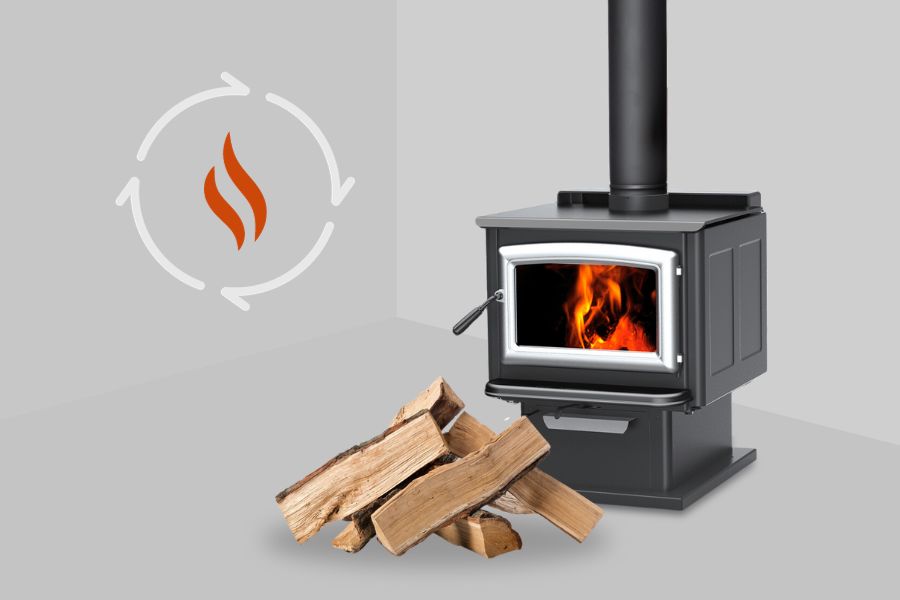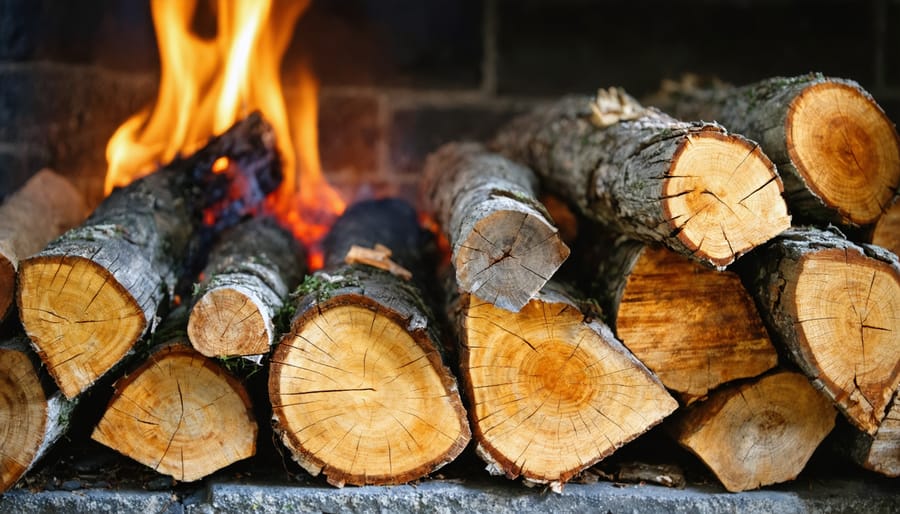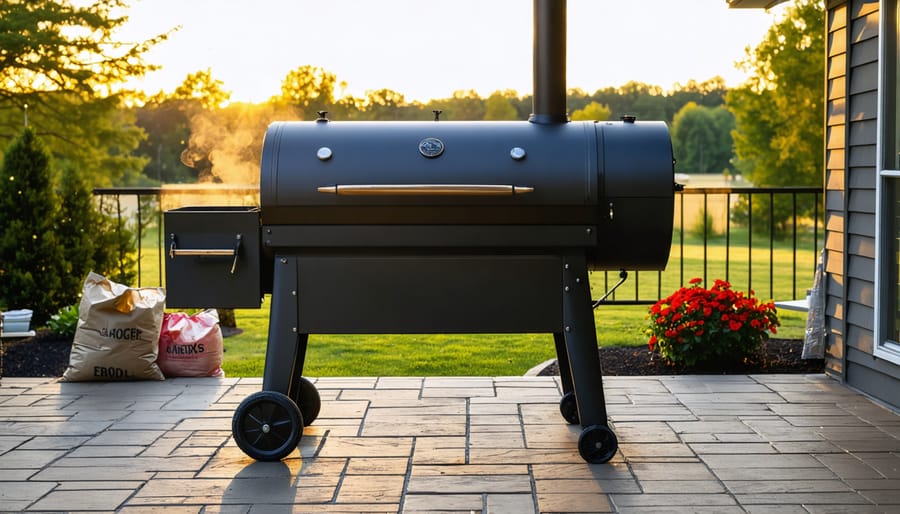A wood stove is an excellent option if you’re looking for a reliable and efficient way to heat your home.
Wood stoves provide a cost-effective alternative to traditional heating systems, but they require proper heat circulation to be effective. Without proper heat circulation, you may find that your wood stove isn’t heating your home as well as you’d like.
This article will explore various strategies for circulating heat from a wood stove to ensure you get the most out of your heating system.
Heating with Wood: How to Circulate Heat from Fireplace?
When heating with wood, one of the main challenges is to distribute the heat evenly throughout the interior space of your home. This is particularly true for wood stoves and fireplaces, which tend to radiate heat in a specific area.
To maximize heat circulation, you’ll need to consider several factors, such as the layout of your home and the type of stove or fireplace you’re using.
Things to Consider Before Installing a Wood Stove
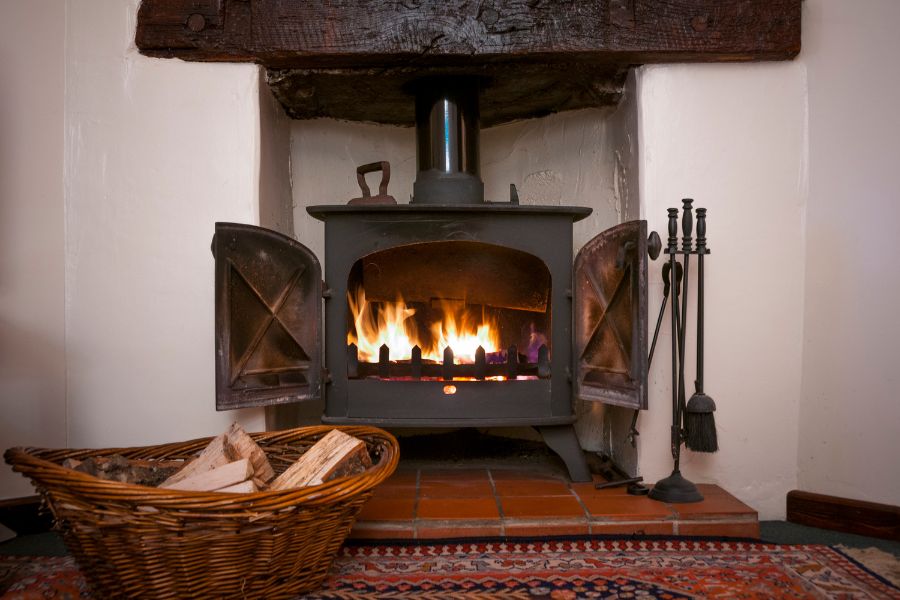
Before installing a wood stove, you should consider a few things. One of the most important factors to consider is the stove’s location.
The best place for a wood stove is typically in the center of the home, as this allows for open doors for optimal heat circulation.
Additionally, you’ll want to ensure that your home is well-insulated and that you’re using the right type of wood for your stove.
Where Is the Best Place for a Fireplace?
When choosing the location for your wood stove, there are a few things to remember.
First, you’ll want to ensure that the stove is placed in a location that allows easy access to the chimney. You’ll also want to choose your heat source in a location that will enable optimal heat circulation throughout your home.
How Does Airflow Work?
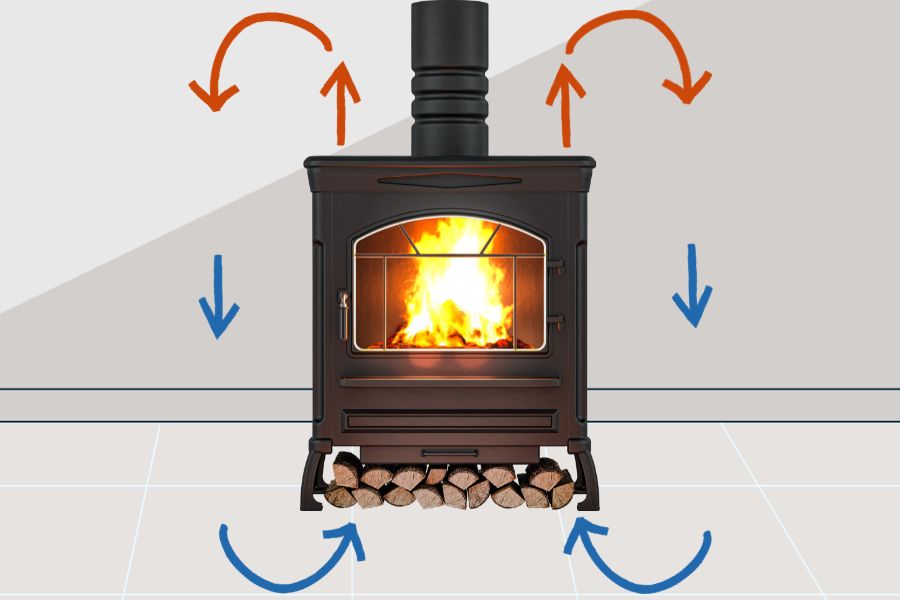
The basic principle of airflow is that warm air rises, and cool air falls. This is why the heat from a wood stove or fireplace tends to rise to the ceiling, leaving the lower parts of the room colder.
To overcome the heat loss from this issue, you need to move the warm air down to the lower parts of the room. One way to achieve this is by using fans.
Install Floor Vents and Air Intakes
Another way to increase airflow and improve heat distribution is to install floor vents and air intakes.
These vents allow cold air to be drawn in from the lower parts of the room while warm air is pushed out through the top. This creates a natural circulation of hot air, which helps distribute heat evenly throughout the room.
Using Fans
Fans can effectively circulate warm air from your wood stove or fireplace to a warm room. Placing a fan near the stove can help move the warm air to other parts of the room.
Various types of fans are available, including portable fans and ceiling fans.
Use Floor Fans
Floor fans can be especially useful for directing warm air to specific room areas. They can be placed on the floor and angled upwards towards the ceiling to help move the warm air down.
You can also use multiple floor fans to create a cross-current of heated air that helps to distribute heat more evenly.
Using a Box Fan to Circulate Heat
A box fan is an affordable and effective way to distribute heat in your home. Place the fan in doorways or openings between rooms to move warm air from one room to another.
Position the fan to face the direction where you want the warm air to flow, and turn it on at a low speed.
Heating Multiple Rooms With Wood Stove
If you’re trying to heat multiple rooms with a single wood stove, you may need to use a combination of techniques to circulate the heat effectively. Installing vents and fans in strategic locations can help to distribute heat throughout the house.
Additionally, a box fan that circulates heat can effectively move warm air from one room to another. Place the fan in a doorway or other opening between rooms and between doors and let it run at low speed to circulate warm air.
Other Tips for Maximizing Hot Air Circulation from a Wood Stove
Once you have a wood stove installed on the main floor of your home, you can optimize its heating potential in several ways.
Using a Ceiling Fan to Distribute Heat
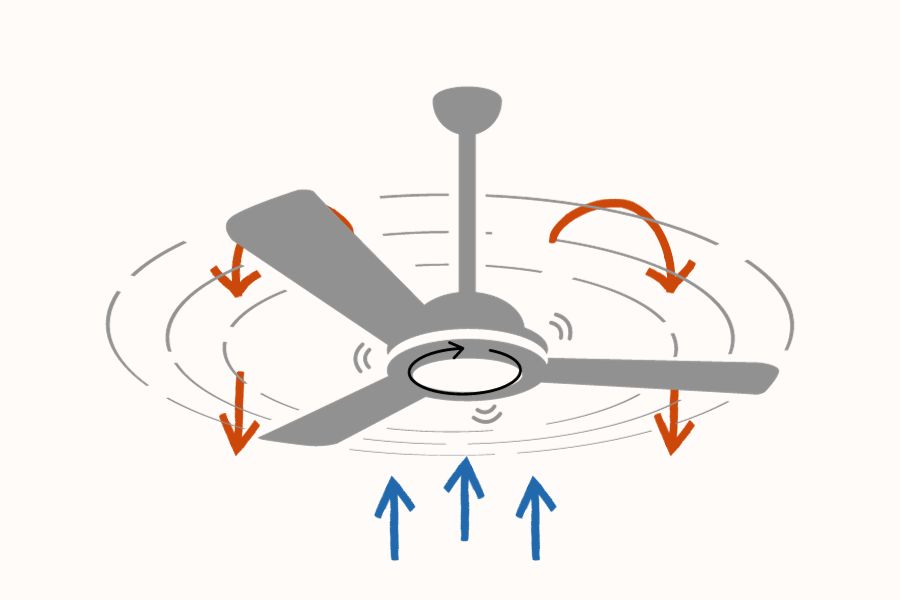
Using a ceiling fan to distribute heat is a great way to optimize your wood stove’s heating potential. By running the stove fan clockwise, warm air is pushed down from the ceiling and circulated throughout the room.
This not only helps to eliminate cold spots but also reduces heating costs by allowing you to lower the thermostat.
Using a Box Fan to Circulate Warm Air
Using a box fan to circulate heat is an affordable and efficient way to distribute heat from your wood stove.
Place the fan in the front door of the stove and turn it on low to blow warm air into the room. You can direct the fan to blow the warm air towards a specific area, but keep it on a low setting to avoid blowing ash and dust around.
Using a Stovepipe Thermometer
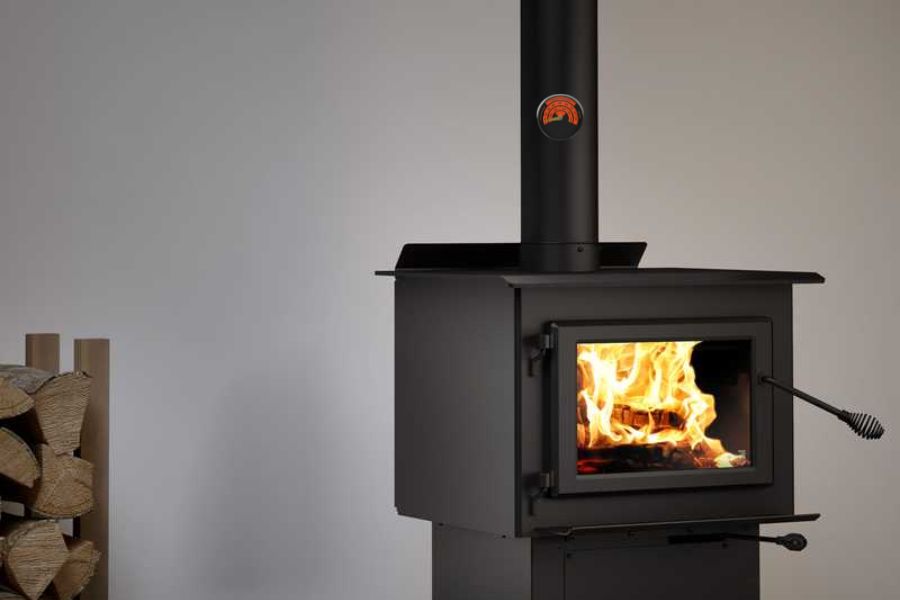
To ensure that your wood stove is running at its optimal temperature, it’s essential to use a stovepipe thermometer. This tool attaches to your stove’s flue pipe and measures the temperature of the flue gases. You can ensure that your stove is burning efficiently by monitoring the temperature.
Ideally, you want an inline fan to maintain a temperature between 300 and 500 degrees Fahrenheit in the flue gases.
Importance of Using the Right Type of Wood for Your Wood Stove
The type of wood you use can significantly impact the heat output of your wood stove. Hardwoods like oak, maple, and hickory are great options as they burn slowly and produce more heat than softwoods like pine or spruce.
Use seasoned wood to ensure maximum heat output and prevent creosote buildup in the stove and chimney.
Wood that is too wet or green will burn less efficiently and create more smoke, leading to creosote buildup and potential fire hazards.
Planning to Heat a Whole House From a Single Wood Stove
If you plan to heat your entire house with a single wood stove, you must ensure it is installed in a central location. This will help distribute heat throughout the house evenly.
You can use a stovepipe thermometer to monitor the temperature, blow hot air, and adjust the airflow to ensure the heat is evenly distributed.
Make Sure the House Is Well-Insulated
It is essential to have proper insulation to ensure that the heat produced by the wood stove stays inside the house.
You can insulate the walls, ceiling-level attic, and basement to keep the heat from escaping. This will also help reduce your heating bills.
How to Use a Wood-Burning Stove to Heat a House Quickly
Use dry and seasoned wood to heat your house quickly with a wood stove. This will produce more heat and less smoke.
You can also use a fan to circulate the warm air around the whole house warm up. Make sure to adjust the airflow to maintain the desired temperature.
What Are Some Safety Tips to Follow When Using a Wood-Burning Stove?
When using a wood-burning stove, safety is key. Make sure to install smoke detectors and carbon monoxide detectors in your home. You should also keep a fire extinguisher nearby and avoid leaving the stove unattended.
Always use protective gear when handling hot ashes or wood. Having your stove and chimney inspected and cleaned regularly by a professional is also essential.

